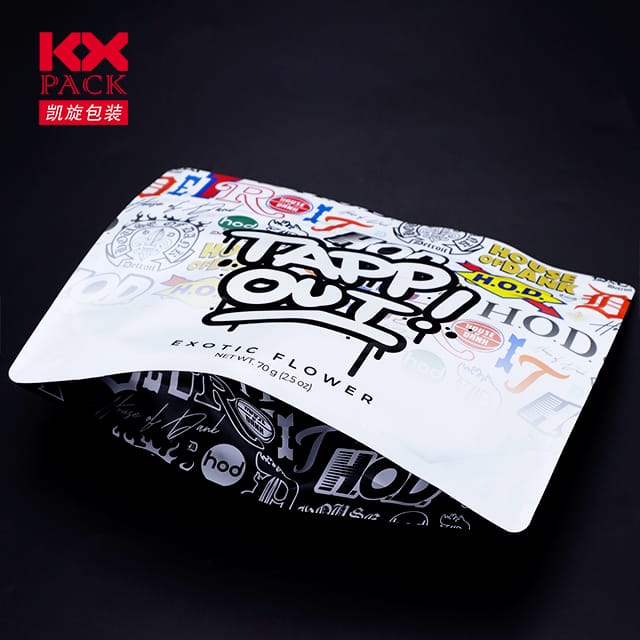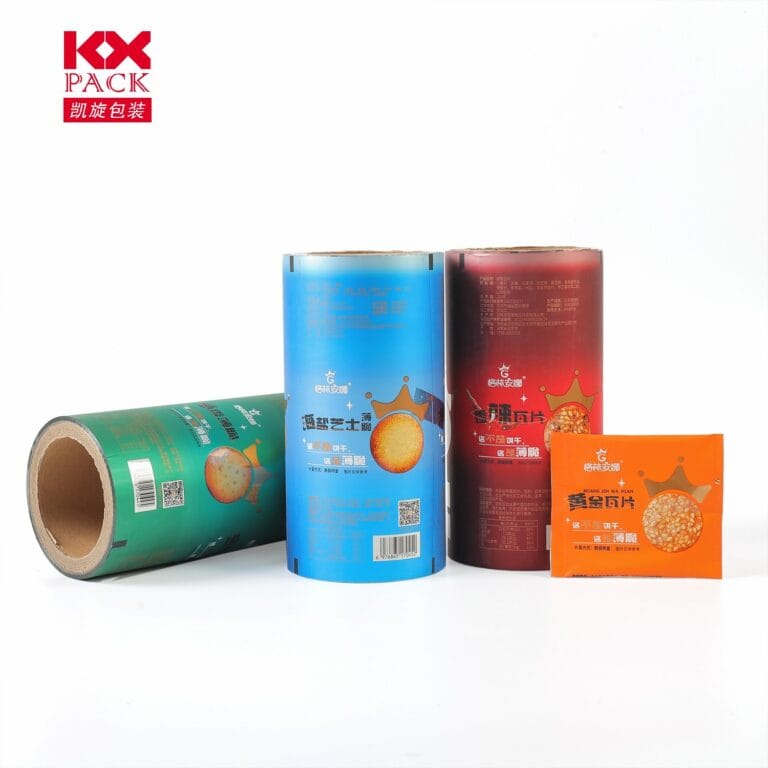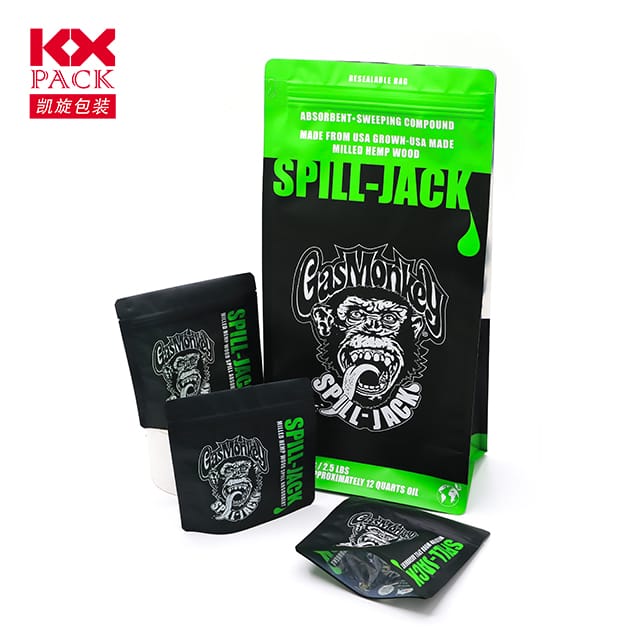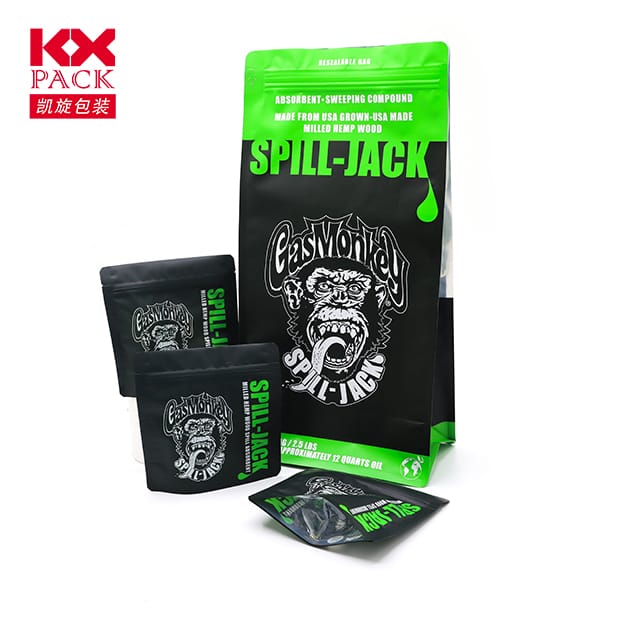식품 포장 필름의 진화와 영향: 혁신, 지속 가능성, 그리고 소비자 안전
음식 포장 필름
In the modern world, 식품 포장 필름은 어디에나 있지만 종종 간과됩니다. 이 얇은 물질 층은 신선도를 보존하는 데 중요한 역할을합니다., 저장 수명 확장, 그리고 오염으로부터 음식을 보호합니다. 그러나 소비자 요구가 지속 가능성과 편의성으로 이동합니다, 식품 포장 산업은 혁신적인 혁명을 겪고 있습니다. Let’s explore the latest trends, 혁신, and challenges in the world of food packaging films.
1. What Are Food Packaging Films?
Food packaging films are flexible materials used to wrap, 밀봉하다, or cover food products. They can be made from plastics, 생체 플라스틱, 종이, 알류미늄, or composites of multiple layers. Their primary functions include:
- 보존: Preventing exposure to air, 수분, and light to slow spoilage.
- 보호: Shielding food from physical damage, 박테리아, and pests.
- 편의: Enabling easy handling, storage, and portion control.
- 브랜딩: Providing a surface for labels, logos, and nutritional information.
From single-use snack wrappers to resealable pouches for fresh produce, these films are integral to the global food supply chain.
2. The Rise of Sustainable Alternatives
Traditional plastic films, while effective, have drawn criticism for their environmental impact. Single-use plastics contribute to pollution, harm wildlife, and take centuries to decompose. In response, the industry is innovating with eco-friendly solutions:
- 생분해 성 필름: Made from plant-based materials like starch, 셀룰로오스, or polylactic acid (PLA), these films break down naturally under specific conditions.
- 퇴비화 가능한 영화: Designed to decompose in industrial composting facilities, leaving no toxic residues.
- 식용 영화: Edible coatings made from ingredients like seaweed, chitosan, or proteins not only protect food but can also be consumed along with it, reducing waste entirely.
- 재활용 콘텐츠: Films incorporating post-consumer recycled (PCR) plastics help divert waste from landfills.
같은 브랜드TIPA® 그리고Eco-Products are leading the charge with compostable packaging, while companies like공책 are creating seaweed-based films that dissolve in water.
3. 스마트 패키징: The Future of Food Safety
Beyond sustainability, technology is transforming packaging films into intelligent tools for monitoring food quality:
- Time-Temperature Indicators (TTIs): Labels that change color if food has been exposed to unsafe temperatures, ensuring freshness.
- Freshness Sensors: Embedded sensors detect gases like ammonia or CO₂, which indicate spoilage, and alert consumers via smartphone apps.
- Antimicrobial Films: Infused with natural compounds like essential oils or silver nanoparticles, these films inhibit bacterial growth and extend shelf life.
예를 들어, Mimica Touch has developed a tactile indicator that becomes bumpy when food is no longer safe to eat, empowering consumers to make informed decisions.
4. 도전과 고려 사항
While the future of food packaging films is promising, several hurdles remain:
- 비용: Sustainable materials are often more expensive than conventional plastics, though economies of scale are gradually reducing prices.
- 성능: Biodegradable films may lack the barrier properties of traditional plastics, leading to shorter shelf lives for some products.
- Consumer Behavior: Many consumers remain confused about how to properly dispose of compostable or biodegradable packaging, leading to contamination in recycling streams.
- Regulation: Governments worldwide are implementing stricter rules on single-use plastics, pushing companies to adapt quickly.
5. The Role of Consumers in Driving Change
As awareness grows, consumers are demanding more sustainable options. By choosing products packaged in eco-friendly films, supporting brands with transparent practices, and properly disposing of packaging, individuals can influence industry standards.
Pro Tip: Look for certifications likeOK Compost, 생분해 성 제품 연구소 (BPI), 또는TÜV Austria to ensure packaging meets sustainability claims.
결론: A Wrap-Up on Food Packaging Films
Food packaging films are no longer just about keeping food safe—they’re about protecting the planet, enhancing convenience, and empowering consumers. As innovation continues, we can expect smarter, greener, and more efficient solutions to dominate the market.
The next time you unwrap a snack or toss packaging into the bin, take a moment to consider the material’s journey. 함께, we can drive demand for packaging that’s kind to both our bodies and the Earth.
What’s your take on sustainable food packaging? Share your thoughts or favorite eco-friendly brands in the comments below! 🌍🍃📦






